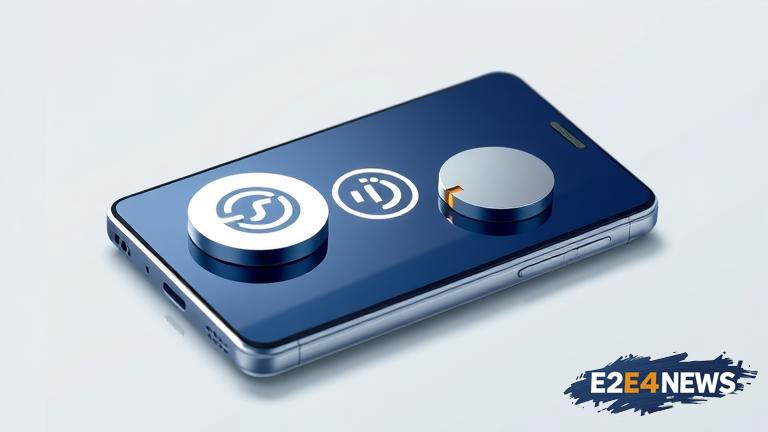In a move that could potentially revolutionize the way we charge our devices, Samsung is reportedly considering the integration of Qi2 magnets into its future phones. This innovative technology would enable seamless and efficient wireless charging, making it a game-changer for the smartphone industry. The Qi2 standard, which was introduced earlier this year, boasts faster charging speeds and improved safety features. By incorporating Qi2 magnets into its devices, Samsung aims to provide its users with a more convenient and hassle-free charging experience. The magnets would allow for easier alignment and more efficient energy transfer, resulting in faster charging times. Furthermore, the Qi2 standard is designed to be backwards compatible, ensuring that devices equipped with the technology can still charge with existing Qi chargers. Samsung’s decision to explore the integration of Qi2 magnets is a testament to the company’s commitment to innovation and customer satisfaction. The South Korean tech giant has been at the forefront of wireless charging technology, and this move is expected to further solidify its position in the market. The incorporation of Qi2 magnets would also enable Samsung to differentiate its devices from those of its competitors, providing a unique selling point that could attract more customers. In addition to the benefits of faster charging speeds, the Qi2 standard also prioritizes safety, with built-in features that prevent overheating and ensure efficient energy transfer. As the demand for wireless charging continues to grow, Samsung’s decision to integrate Qi2 magnets into its future phones is a strategic move that could pay off in the long run. The company’s exploration of this technology is also expected to drive innovation in the industry, with other manufacturers likely to follow suit. While there is no official confirmation from Samsung regarding the integration of Qi2 magnets, sources close to the company suggest that it is a possibility that is being seriously considered. If implemented, the technology would likely be introduced in Samsung’s upcoming flagship devices, providing users with a glimpse into the future of wireless charging. The potential impact of Qi2 magnets on the smartphone industry cannot be overstated, with the technology having the potential to revolutionize the way we interact with our devices. As Samsung continues to push the boundaries of innovation, it will be exciting to see how the integration of Qi2 magnets shapes the future of wireless charging. With the company’s commitment to research and development, it is likely that we will see more exciting advancements in the years to come. The incorporation of Qi2 magnets is just one example of Samsung’s dedication to providing its users with the best possible experience, and it will be interesting to see how this technology evolves in the future.
